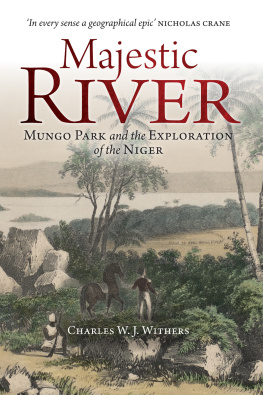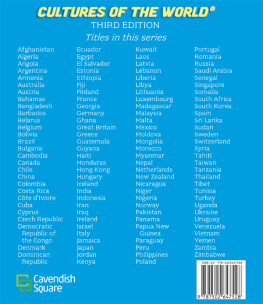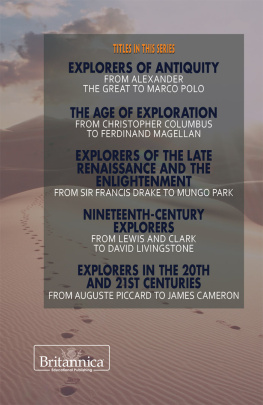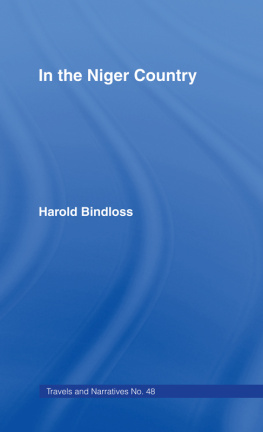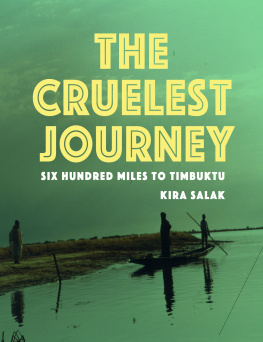Contents
Guide


For my mother
First published in 2022 by
Birlinn Limited
West Newington House
10 Newington Road
Edinburgh
EH9 1QS
www.birlinn.co.uk
Copyright Charles W.J. Withers 2022
The right of Charles W.J. Withers to be identified as Author of this work has been asserted by him in accordance with the Copyright, Designs and Patents Act 1988.
All rights reserved. No part of this publication may be reproduced, stored or transmitted in any form without the express written permission of the publisher.
ISBN: 978 1 78885 566 2
British Library Cataloguing-in-Publication Data
A catalogue record for this book is available from the British Library
Typeset by Initial Typesetting Services, Edinburgh
Papers used by Birlinn are from well-managed forests and other responsible sources
Printed and bound by Gutenberg Press, Malta
Contents
List of illustrations
Figures
Colour plates (Section 1)
Plate 1 Newark Tower
Plate 2 Sumatran fish
Plate 3 African clematis
Plate 4 Rennells manuscript additions to the map of Africa
Plate 5 Parks travels, 17967
Plate 6 Parks travels, 18056
Plate 7 Mungo Park
Colour plates (Section 2)
Plate 8 John Barrow
Plate 9 Playfairs 1822 map of Africa
Plate 10 Parks book of logarithms
Plate 11 The steamboats of the 1841 Niger expedition
Plate 12 The explorers of the Central African Expedition
Plate 13 Statue of Mungo Park
Plate 14 Proposed memorial to Park and Lander
Plate 15 Parks cottage, Foulshiels
Plate 16 Gambia stamps
Plate 17 Mungo Park
Note on names and spelling
Many of the places mentioned by the Nigers explorers and in Parks two books no longer exist and for several of those that do, the names have changed in their spelling, or changed entirely, since Park and those who followed him wrote them down. Timbuktu, for example, appears in several different spellings in the sources discussed. Parks birthplace in the Scottish Borders appears in different forms Foulshiels, Fowlshiels, Fowlsheals the variant spellings sometimes being used even by members of Parks family. I have kept to the modern form, Foulshiels. Arabic and African personal names are given as they appear in the sources consulted. I have quoted extensively, but always with the reader in mind, so that we can get as close as possible to the conversations, politics, and personal relationships that lie behind Parks life and the Nigers exploration. In doing so, I have left intact the original spelling of words and the original form of sentences.
Note on the maps
Maps are important in exploration and to the stories we tell about it. Many of the maps reproduced in this book are large, and so in their original format are either folded, or exist only as fragile manuscripts or were printed, often poorly, in the periodicals of the day. Maps in this period were not all drawn in standard ways using modern conventions of scale and orientation. The importance of the many maps included rests less in their specific detail and more because they reveal the slow emergence of the Niger in the European geographical imagination even when the mapped position of the Niger was wholly wrong.
The idea of a great river, rising in the western mountains of Africa and flowing towards the centre of that vast continent; whose course in that direction is ascertained for a considerable distance, beyond which information is silent, and speculation is left at large to indulge in the wildest conjectures has something of the unbounded and mysterious, which powerfully attracts curiosity and takes a strong hold of the imagination.
J. Whishaw, Account of the Life of Mungo Park, in M. Park,
The Journal of a Mission to the Interior of Africa,
in the Year 1805 (1815)
Preface and acknowledgements
Mungo Park and I have been keeping one another company for quite some while. I cannot remember when first I came across him or read his Travels in the Interior Districts of Africa, but I have been researching him, taking notes on the Nigers exploration, and thinking about Park, his successes, his failures, his still mysterious death, and his varied afterlife, for over twenty years. This book is the result.
Others have turned to Mungo Park before me. In a preliminary note at the start of his 1934 biography of Park, Lewis Grassic Gibbon wrote I think I have read almost everything by or about Mungo Park everything which still survives in print or manuscript. I should hesitate, I know, before making the same claim but I think it equally true. I can at least say with confidence that I have included much new material on or about Park that has appeared in the nearly ninety years since Grassic Gibbon wrote, especially on Parks afterlife, including Gibbons and other biographers views of Parks achievements.
I have extended Parks engagement with the Niger to include those who followed him in exploring that river, hoping as they did so not only to solve that part of the Niger problem which Park left unanswered but also to determine how and where he had died. As they did so, geographers of one type or another in-the-field explorers or armchair geographers slowly revealed the course and termination of the river Niger and, equally slowly, reduced Europeans ignorance of Africa.
This is, then, a book about Mungo Park and the unbounded and mysterious Niger, as Parks first biographer described it, but it is also about the Niger problem, the Nigers explorers, and about exploration itself.
All books are collaborative efforts Parks 1799 Travels certainly was. I owe much to a great many people for their insight, courtesies, and practical assistance over the years as rough notes and poorly expressed arguments began to coalesce into what I hope is a coherent narrative. Fraser MacDonald, Innes Keighren, Richard Fardon, David McClay, Dane Kennedy, and David Livingstone at various times listened, corresponded, and advised, and I am grateful to them. I acknowledge with thanks the staffs of the British Library, the National Archives, the National Library of Scotland, Cambridge University Library, the Centre for Research Collections in the University of Edinburgh Library, Special Collections in the University of St Andrews Library, the British Museum of Natural History Archives, the Library of Congress Maps Division, Borders Council Archives within Borders Museum and Archive Services, Fran Baker at Chatsworth House Archives, Crispin Powell, archivist to His Grace the Duke of Buccleuch, Margaret Wilkes for assistance with the archives of the Royal Scottish Geographical Society, and Kirsty Archer-Thompson and Claudia Bolling in the Abbotsford Archives. For their assistance with material in the keeping of the Royal Botanic Garden Edinburgh, I am grateful to Graham Hardy, David Long, Lynsey Wilson, and Leonie Paterson. I am grateful to Philip Dodds for drawing to my attention the evidence on Parks 1799 book in the Bell and Bradfute papers in Edinburgh City Archives. I am grateful to Karina Williamson for her permission to cite as I have from her article on Park with Mark Duffill. I have several times tried to contact Mark Duffill over this article and his biography of Park, but without success, and I hope that this acknowledgement of his fine work will suffice. I am grateful to Raymond Howgego for information on Damberger and the inclusion of elements of Parks travels within Dambergers fraudulent narrative of African travels. For assistance with the translations of Parks

